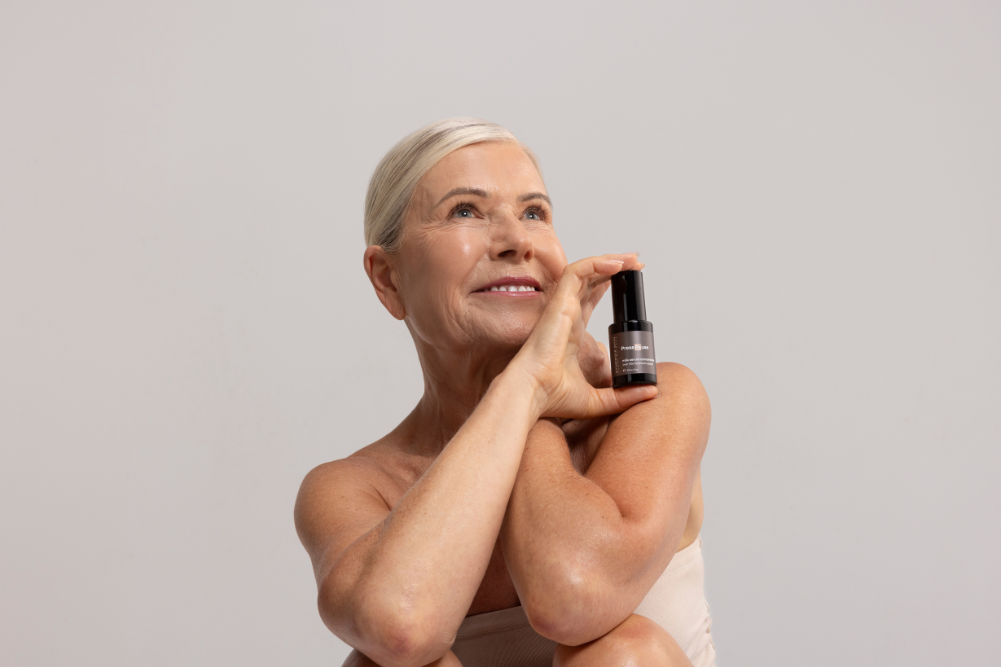Blood pressure and ageing
The black plague was insidious. Darth Vader and the ways of the “dark side†of “the Force†are insidious. Reality television is definitely insidious. In case you are searching your mental database for an exact definition of “insidious†and the commonality between the black death, the “dark sideâ€, and reality television escapes you; insidious means working or spreading harmfully in a subtle or stealthy manner. By that definition high blood pressure also makes it into the insidious category. Now a new study has made high blood pressure appear even more insidiously insidious because it ages your brain as well as your body.
Do you know the early signs of high blood pressure? That’s a trick question because there aren’t any. You can have high blood pressure and be humming along perfectly well on the surface while an immense amount of internal damage is being done. Talk about insidious!
At its most basic blood pressure is the amount of force exerted on your artery walls by your pumping blood. High blood pressure (hypertension) means that your blood is pumping with more force than normal through your arteries. Your internal organs are highly adaptable and cope with this which is why you don’t necessarily see symptoms of high blood pressure appearing. The problem is that while you look OK the internal organs eventually lose the battle and you are at higher risk of heart attack, heart failure (49 per cent higher risk), stroke (62 per cent higher risk), and kidney disease. You can now add to this that your high blood pressure will be ageing your brain as well.
This has been highlighted in new findings from the Framingham Heart Study, the investigation that started 60 years ago in the town of Framingham, Massachusetts. The study is now working on the third generation of participants and this study took place in 2009 on almost 600 people in their late 30s. All of the participants had their blood pressure measured and they were then assigned to one of three groups: normal blood pressure, prehypertensive, or high blood pressure. Prehypertension was classified as measurements in the range of 120-139/80-89 while high blood pressure was defined as scores above 140/90.
The subjects all underwent extensive measurements of their brains. The researchers used magnetic resonance imaging (MRI) but some of the scans used a type of MRI called “diffusion tension imaging†that measures in fine detail the structure of the brain’s white matter. The white matter is the made up of the axons, the long part of a neuron that carries the message from the cell body to other neurons. Grey matter is made up of cell bodies with some supportive tissue. This diffusion tension imaging gives a measure known as “fractional anisotropy†which tells you whether axons are damaged or intact and in essence measures the connectivity within your brain.
Other measures of brain structure and function were also taken. The results showed that people with high blood pressure had a 6.5 per cent reduction in fractional anisotropy in their frontal lobes compared to the normal blood pressure group. They also had 9 per cent less grey matter in their frontal and temporal lobes. Overall, people with high blood pressure had brains that looked a lot older. On average a typical 33 year old in the high blood pressure group had a brain that looked the same as a 40 year old in the normal blood pressure group.
The reason for this is probably tied up in the alterations to blood flow that occur with hypertension and that leads to compromised oxygen and nutrient delivery to the brain cells. Whatever the mechanism when you pair these findings with the insidious nature of high blood pressure there is no reason not to be getting regular blood pressure checks. After all, contrary to conventional wisdom then, if your blood pressure is high, you actually can put an old head on young shoulders.







